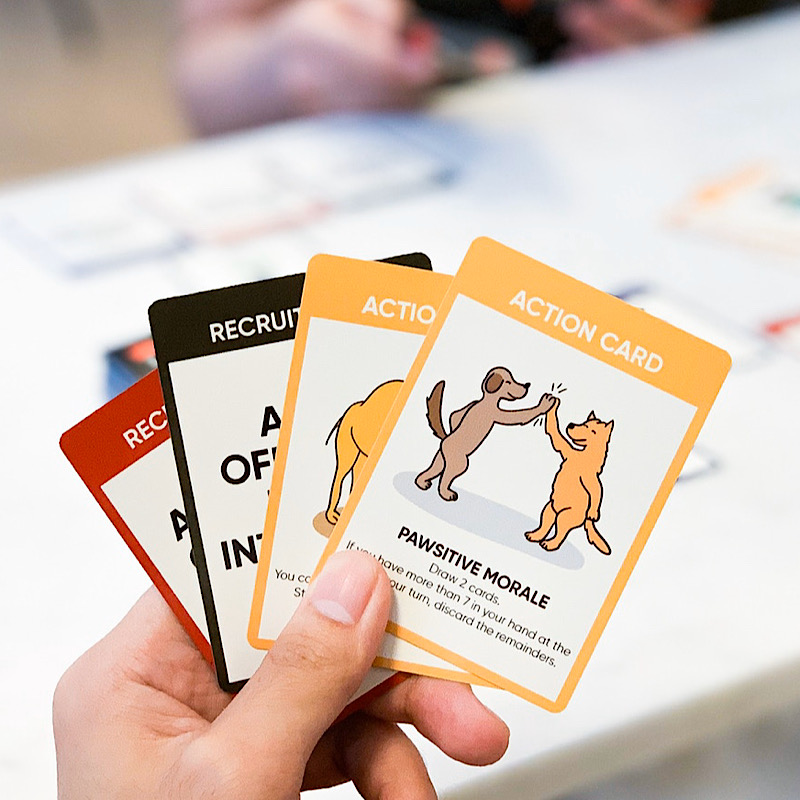Sustainability in the Toy Aisles: New Trend Hunter Report
 January 3, 2020 | TrendHunter.com’s latest free monthly report for Toy Association members explores trends around sustainability, eco-friendly alternatives, and up-cycling tactics as it relates to toys and play.
January 3, 2020 | TrendHunter.com’s latest free monthly report for Toy Association members explores trends around sustainability, eco-friendly alternatives, and up-cycling tactics as it relates to toys and play.
"The latest Trend Hunter report addresses how today’s parents are putting more value on being environmentally mindful through their purchasing decisions and its impact on product development," said Anne McConnell, senior director of market research & data strategy at The Toy Association. "Toymakers are encouraged to use the key takeaways from this report to explore how they might incorporate more sustainable product designs in their own businesses."
Featured consumer insights include:
- Purposeful Plastic – Taking note of the popularity of recycled fashion, other industries are creating new products from old plastics and, in turn, gaining more loyal consumers. This includes zero-waste café pop-ups, such as Ecover's Cafe that only accepts recyclable plastic as payment, and a children’s book line made of recycled plastic from the Japanese company Tejin, made in collaboration with the non-profit group Waste Free Oceans.
- Eco Education – Kids' toys are evolving to offer elements of environmental awareness ranging from food sustainability to concerns over plastics in our oceans. Last year, LEGO announced the LEGO Replay program, an initiative that will recycle and donate previously used LEGO bricks. In addition, awareness is being raised through games like the pictured Unbearable Warfare Card Game (rescuing wildlife) or Play Food from the Future’s line of 3-D printed toys, which help familiarize kids with sustainable food.
- Interactive Cardboard – Brands can leverage cardboard for the basis of eco-friendly, low-tech playtime. Such products as Nintendo Labo’s DIY kits (compatible with Nintendo Switch) and Petit Pli's Cardboard Clothing Boxes, which transform into wearable pretend jetpacks, help encourage children’s creativity while appealing to environmentally conscious parents.
- Upcycled Play – Impacted by older millennial parents’ values in environmental responsibility, children's products are increasingly produced with upcycled materials in order to reduce their environmental impact. Examples include Luke's Toy Factory's eco-friendly toys, which are made entirely from upcycled materials, and Dutch fashion label Patta’s collaboration with Coloured Goodies to produce a diverse doll line featuring upcycled fashions.
This report is the latest in a series from Trend Hunter offering in-depth perspectives and trends to help spark unique ideas in various areas related to the toy industry and youth markets. For additional relevant trends, toy companies can click on the report’s consumer insights examples, scroll down, and click the images for further information.
Members are encouraged to send topic suggestions for future trend reports to The Toy Association’s Anne McConnell.
TrendHunter.com has accumulated nearly 3 billion views from more than 100 million visitors. The data research company helps clients “Dive Deeper,” “Work Smarter,” and “Save Effort” in order to increase the overall success of their companies and brands.